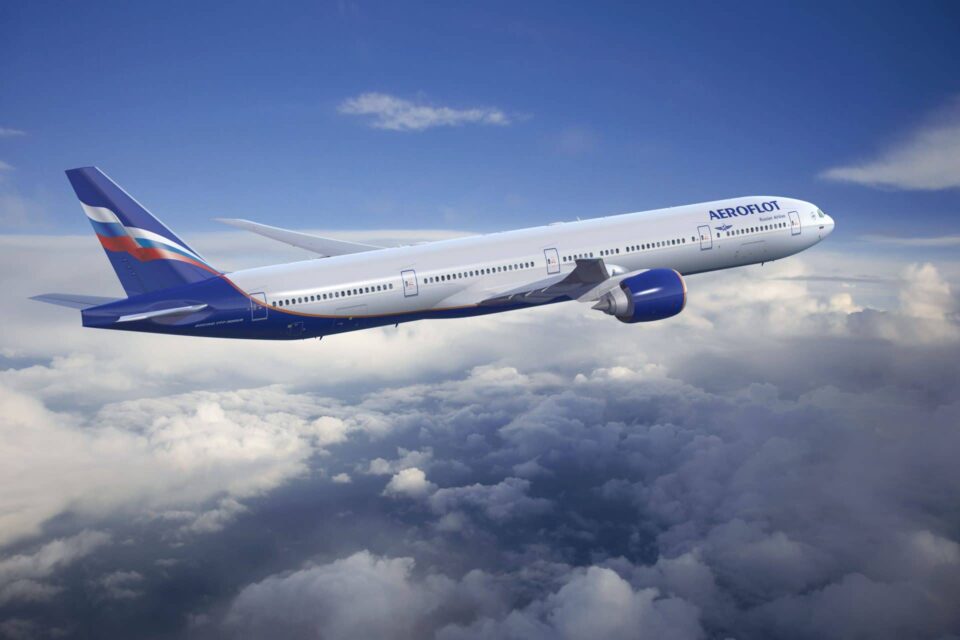Twelve Boeing and Airbus planes will be put back into service as demand for flying within Russia rises.
According to local media, Russian flag airline Aeroflot has started reactivating a number of storage aircraft. Twelve aircraft, all Boeing and Airbus models, will resume service this summer as internal and international air travel demand in the nation starts to increase.
coming back into service
In the next months, Aeroflot will add a variety of Boeing 777 and 737, Airbus A321 and A350 aircraft to its fleet, as reported by Vedomosti earlier this week. At least two of the aircraft, the 737 (RA-73110) and the 777 (RA-73139), have already started flying again. Following a severe decline in aviation travel brought on by international sanctions against the nation last year, the planes were put into storage.

The airline has sought to improve its fleet as a result of the noticeable 50% year-over-year increase in passenger traffic that occurred between January and March. A 737, an A321, and an A350 are three additional aircraft that will fly “shortly.””Storage was a stopgap measure. The action allowed Aeroflot to avoid unjustified losses and concentrate on a thorough rethinking of the network of international routes as well as an effective expansion of their presence in the domestic transportation market, with a focus largely on regional routes with tourism potential, a source from Aeroflot told Vedomosti.
current fleet
In addition to 22 Boeing 777s, 12 Airbus A330s, and 7 A350s, Aeroflot currently flies 179 aircraft, the majority of which are contemporary narrowbodies from the Airbus A320 and Boeing 737 families. In addition, the carrier owns a Sukhoi Superjet 100 that it transferred to its subsidiary Rossiya in 2022.
The carrier still faces international restrictions, which restricts its maintenance and repair (MRO) opticians even if it runs a sizable fleet. Aeroflot announced earlier this month that it had started contracting out work to Iran, with one Airbus A330-300 (RA-73700) being transported there for maintenance at Mahan Air’s plant in Tehran (THR). The 11-year-old airplane is still at the airport as of April 21. It left Moscow Sheremetyevo (SVO) on April 5 and arrived in Iran on April 5.The carrier clarified in a statement given to Reuters:
The provider provides maintenance with a high degree of quality and the organization has all the necessary material resources, licenses, and experience.
Alternative strategies
The decision by Aeroflot to start using MRO facilities in Tehran is in line with a worrying pattern of Russian-operated aircraft encountering a variety of problems because of insufficient access to parts and maintenance. To maintain the airworthiness of the nation’s current aircraft, Russia’s Federal Air Transport Agency authorised the cannibalization of grounded aircraft in January; however, the action seems to have had little effect.
Russian airlines had a record-breaking seven incidents during the first week of January, according to ARBAT Media, which significantly disrupted the wider network. On January 6, just two occurrences involving an Azur Air flight between Novosibirsk (OVB) and Thailand returning to the airport shortly after takeoff were noted. Similar problems with the landing gear led a second Red Wings aircraft from Kazan (KZN) to Yekaterinburg (SVX) to return to the airport shortly after takeoff.





